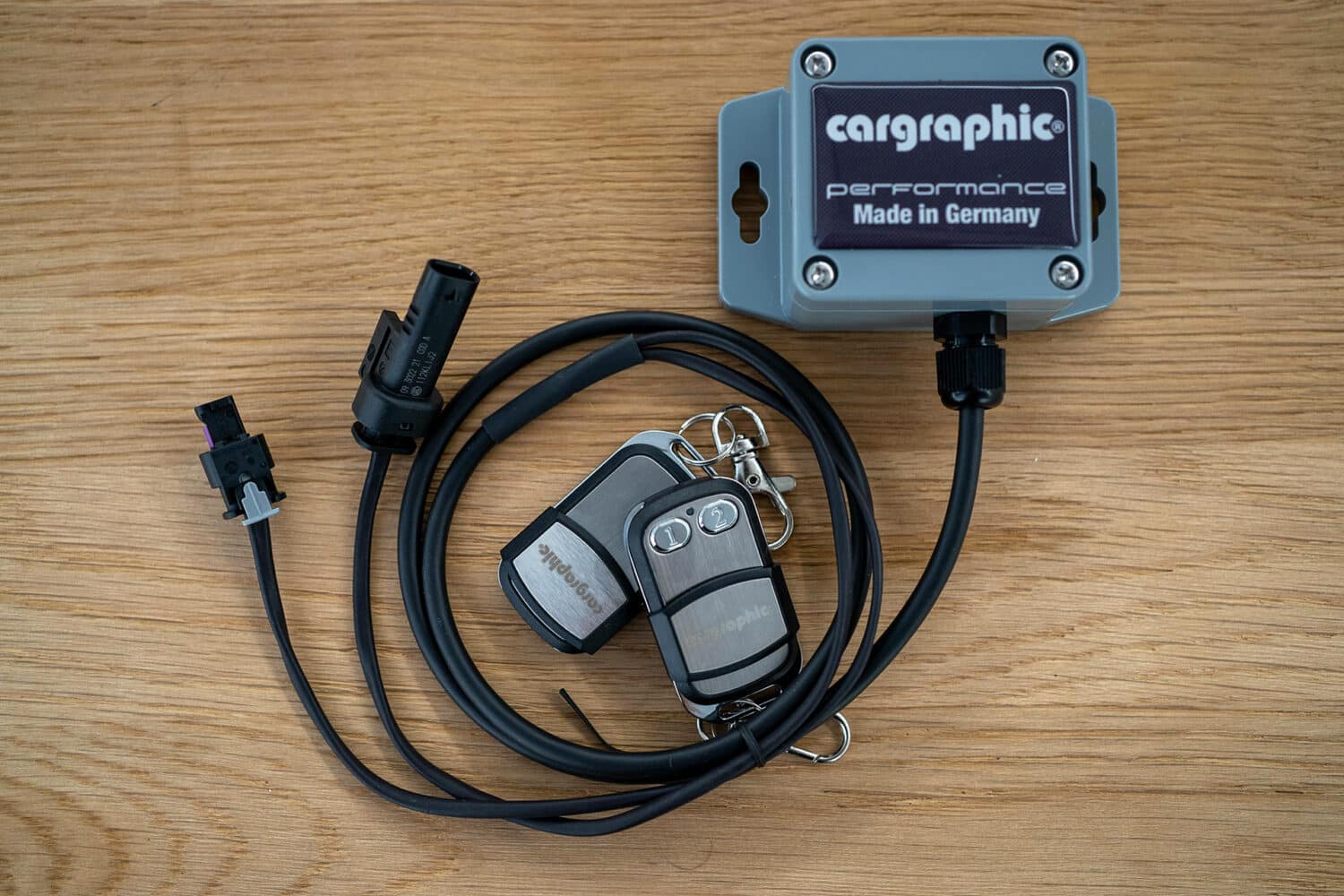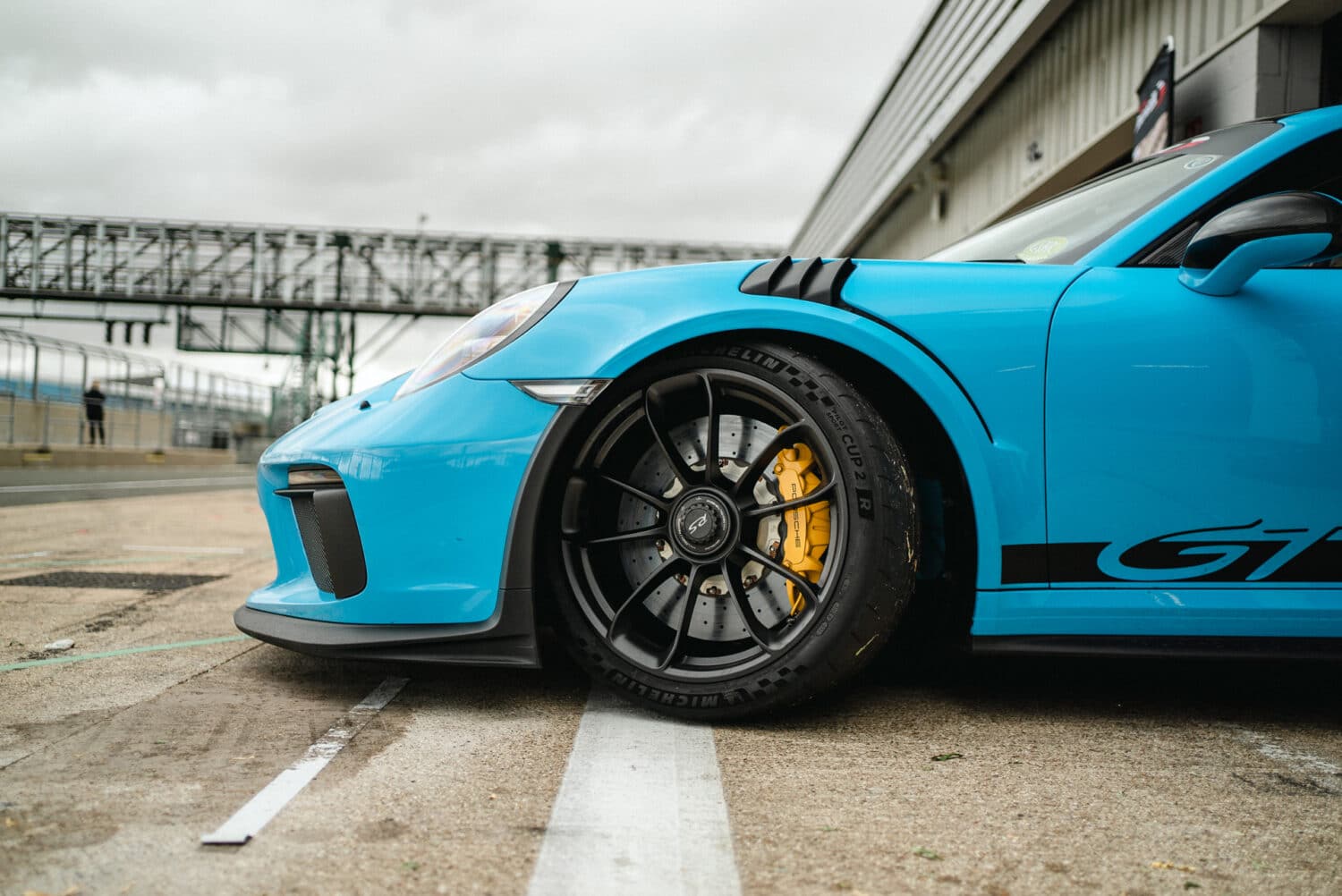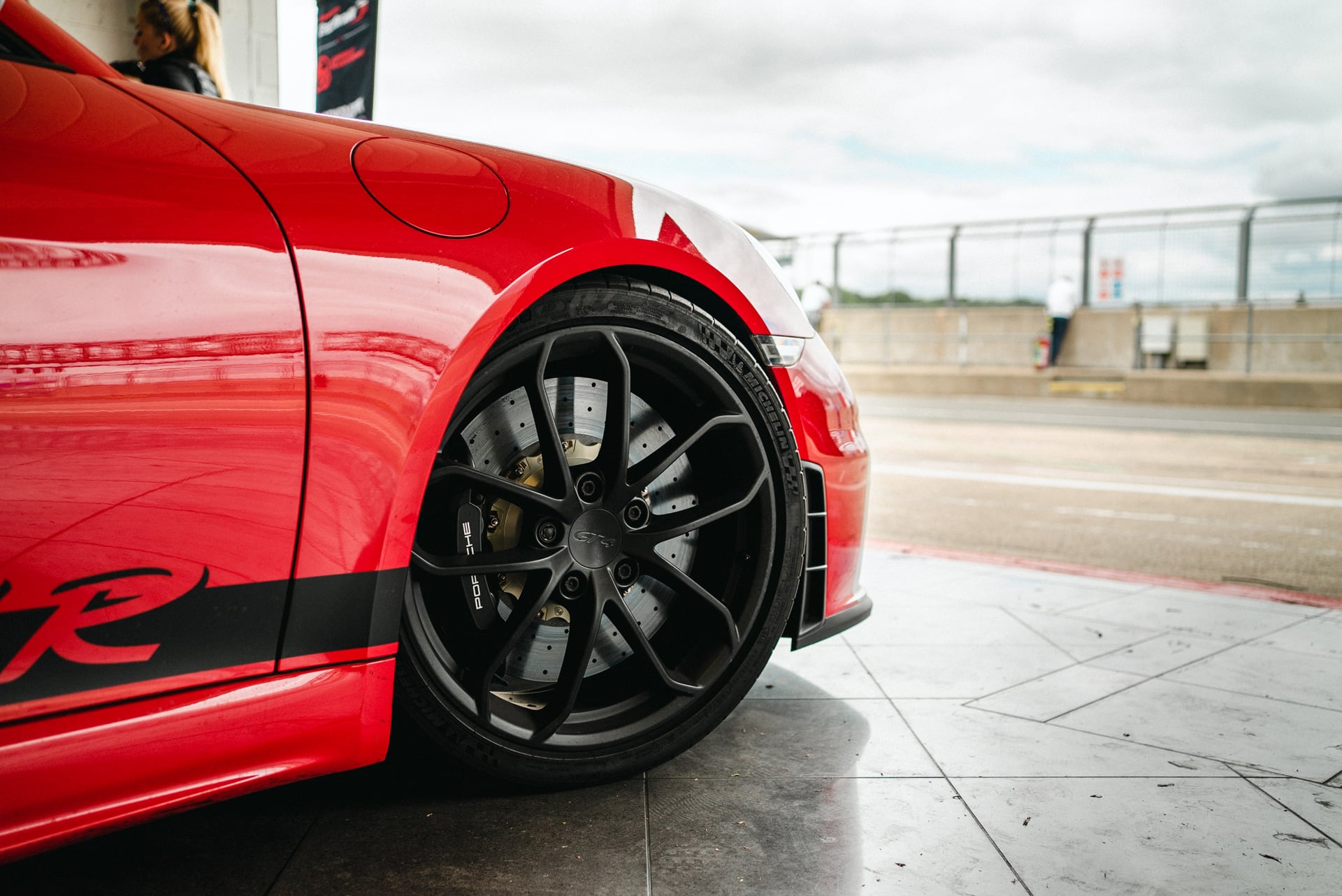
What are the best tyres for my Porsche?
Tim Harvey explains why choosing and maintaining your Porsche tyres correctly, is crucial.
1. WHY ARE TYRES SO IMPORTANT?
Put simply, because it’s the only part of the car in contact with the road. It is the interface between everything the chassis and driver are doing and the friction available from the road surface. The tyre also gives all the grip-related feedback to the driver to therefore judge his or her driving control inputs accordingly. i.e. steering, braking, throttle.
It’s because of this that different tyres, be they correct or incorrect fitment or suitability, can vastly transform not just the performance of your Porsche but your enjoyment of driving it!
Buying tyres is always a distress purchase because we are always torn by the price vs durability conundrum. If you are reading this, I’m sure you are not considering budget tyres despite a cost saving, and you’d be well advised not to!
Premium tyres only please for your Porsche, or it will be a false economy and don’t think you wouldn’t notice the difference, you would! I’ve been lucky enough over the years to attend several tyre tests and tyre launches where journalists, enthusiasts and guests were able to sample different manufacturer tyres on the same car and the reaction is always the same. Drivers are amazed at the difference as we never normally get a chance to do this except when we swap a worn-out set for a new set.
Irrespective of what make of tyre you fit, a new set will feel better than the old ones, so you will often see social media posts saying “I’ve just fitted a new set of X’s tyres and they are so much better than Y’s tyres which were on before!” This, however, is comparing apples and pears. Of course, the new tyres feel better, they’re new! What happens on these tyre tests is you compare tyres of equal age so the comparison is genuine and the differences quite stark on occasion.
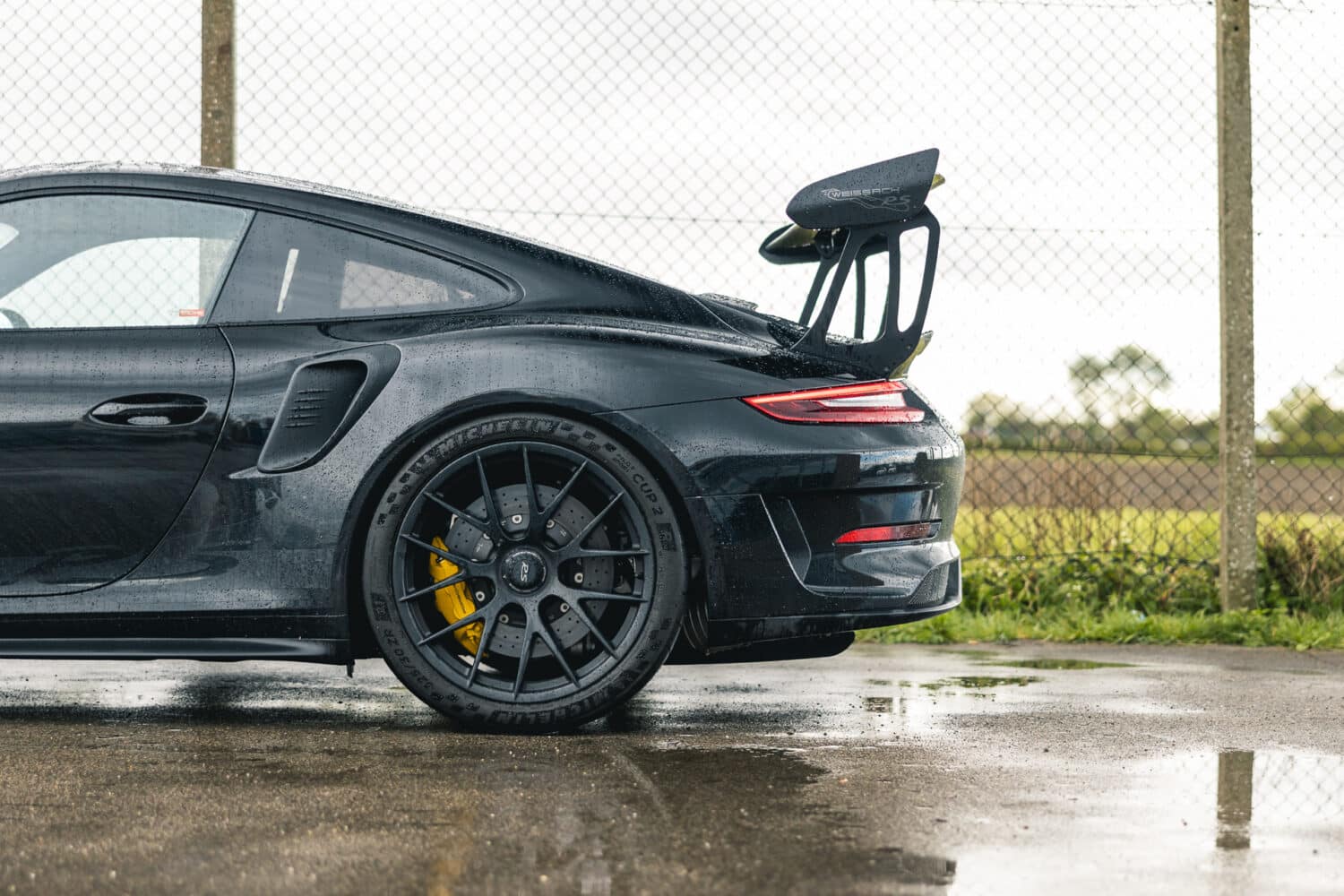
2. CHOOSING THE RIGHT TYRE FOR YOUR PORSCHE.
If you agree you want the best tyres for your car, you are still faced with a number of choices to make and this comes down to suitability to your driving needs. I am going to compare Michelin tyres as both I and RPM Technik recommend them as the first choice for your Porsche and of course, there are Porsche-approved ‘N’ rated tyres for most models.
The choice basically comes down to three options plus a winter-specific tyre. The best all-round tyre you can fit to your Porsche is a Michelin Pilot Sport 4 S. This will give good all-round grip in both wet and dry conditions and would more than hold its own on the occasional track day. You will also get the best durability and value from this tyre.
Next up the performance ladder is the Michelin Pilot Sport Cup 2 tyre. Whilst this might sound like a good option for everybody, after all, they are standard fitment on a GT3 so they must be better? Well no, not necessarily actually. These tyres are aimed at the regular track day driver, hence the fitment on a GT3 and whilst they will give superior grip in dry, warm conditions there is a downside to using them as a general purpose tyre. Wet weather grip is less than a Pilot Sport 4 S due to the track focussed tread pattern which cannot disperse standing water as well. Durability will also be less than the 4 S so you’ll be replacing them more often and they cost more to begin with. However, if you are doing lots of Trackdays and not too many road miles they might be the tyre for you but be honest about how you use your car.
Top of the pile in terms of performance on track is the Pilot Sport Cup 2 R tyres. These are the tyres favoured by serious track day addicts and we use these on both my own GT3 RS MR and the RPM Technik GT4 MR, especially during the warmer summer months in conjunction with regular Cup 2 tyres in cooler spring/autumn climates. The ‘R’s’ as we refer to them really are the closest thing to a racing ‘slick’ tyre but which retain road legality with a minimum tread pattern. They require a warm-up procedure much like a racing tyre and have a limited life span, certainly whilst remaining road legal. They also are the most expensive and hardest to obtain, although I should add that RPM Technik retains good stock of all Michelins at most times. If you want the ultimate grip on track, these are the tyres to have!
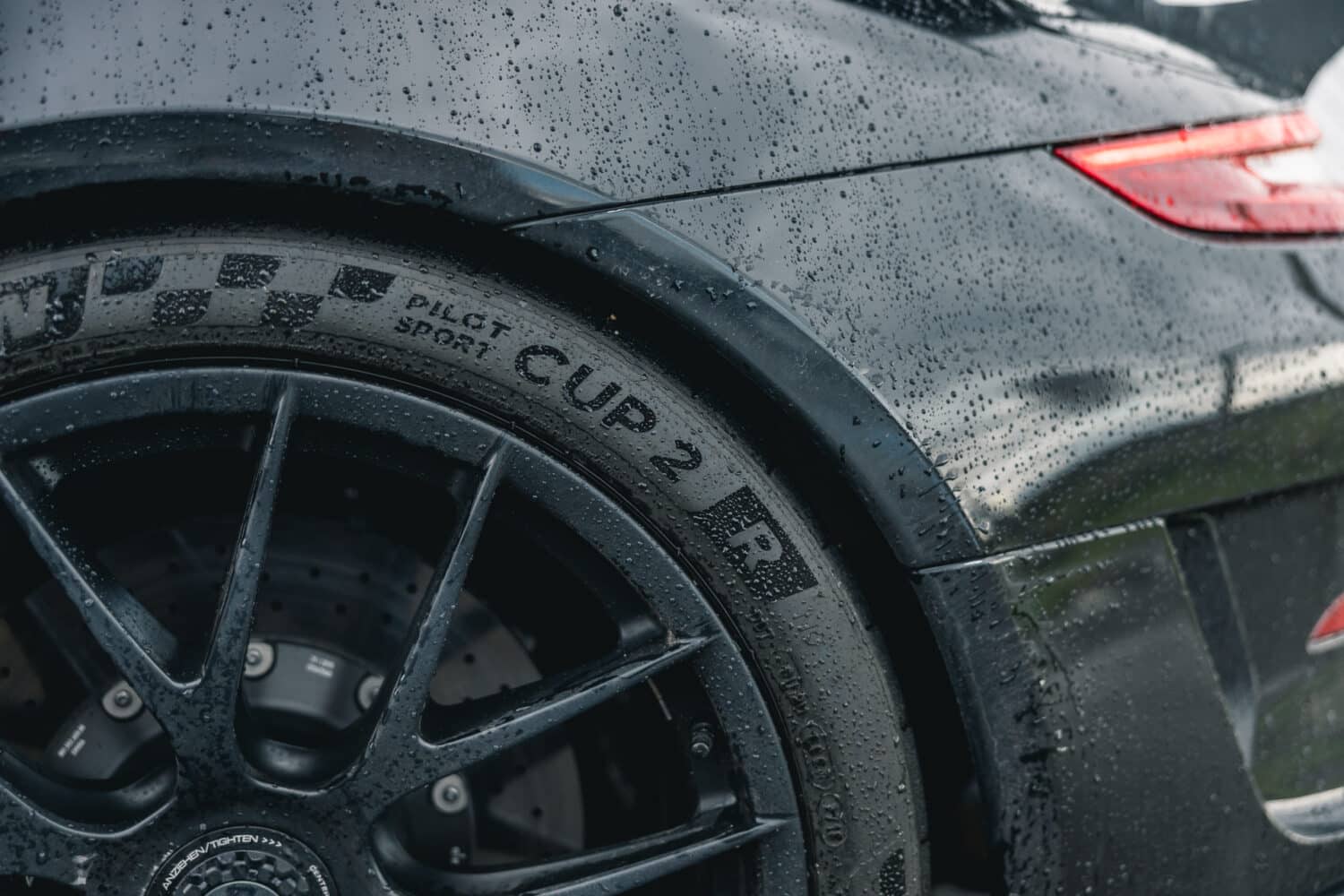
3. HOW TO LOOK AFTER YOUR TYRES.
What tyre pressures? That’s certainly the question we are asked most on our RPM Technik Trackdays so here’s my advice on what to run and how best to manage them.
This applies to Michelin tyres on dry trackdays. First, buy a really good calibrated tyre pressure gauge from a motorsport parts distributor such as Demon Tweeks. Don’t buy a garage forecourt or Halfords £4.99 special as they won’t be accurate. Standard road pressures will be anything from 2.3 to 2.7 bar depending on the car but before you go on track drop the pressures to 2.0 bar all round. Although the pressures will go up differently for each corner of the car, this just keeps things simple.
Do 3-5 laps whilst if possible having your tyre pressure readout on your PCM visible. You will see the pressures go up rapidly as the air in the tyres gets hot and expands, thus building pressure. Typically on a clockwise circuit, the left rear will go up the most. Don’t let the pressures go up over 2.6 bar or you’ll simply be losing grip and wearing the tyre prematurely. Come back into the pits and immediately drop the pressures all round to 2.1 front, 2.2 rear. You may need to repeat this bleed-off process another time at least after your next run but they should then stabilise on track once hot.
Remember that pressures and temperatures will both drop after a prolonged break between sessions so be careful in your first laps after a break. Remember also that on any 911 the rear tyres will come up to temperature and pressure faster than the fronts as all the car weight and drive is from the rear. Thus you will experience more understeer when the tyres are cold.
A couple of things you can do to help the fronts come up quicker is to exaggerate the corners making big sweeps around each turn to work the front harder. Experienced drivers can actually induce understeer by winding on too much lock and simultaneously powering through a bend to create front tyre temperature but this is not recommended for the average driver. That experience we all have had with cold front tyres exiting our driveway first thing and the tyres feel wooden and ‘chirp’ across the road is quite normal, although it can be quite alarming!
You will need to put up your pressures to normal road pressures once they have cooled or before you drive home too. Remember that tyre pressure guidelines for road driving are based on cold temperature tyres so you may also need to up the pressure the next day before driving. Cup 2 and Cup 2 R tyres especially are more sensitive to pressure and require more temperature to give their best grip so beware of pushing too hard when cold.
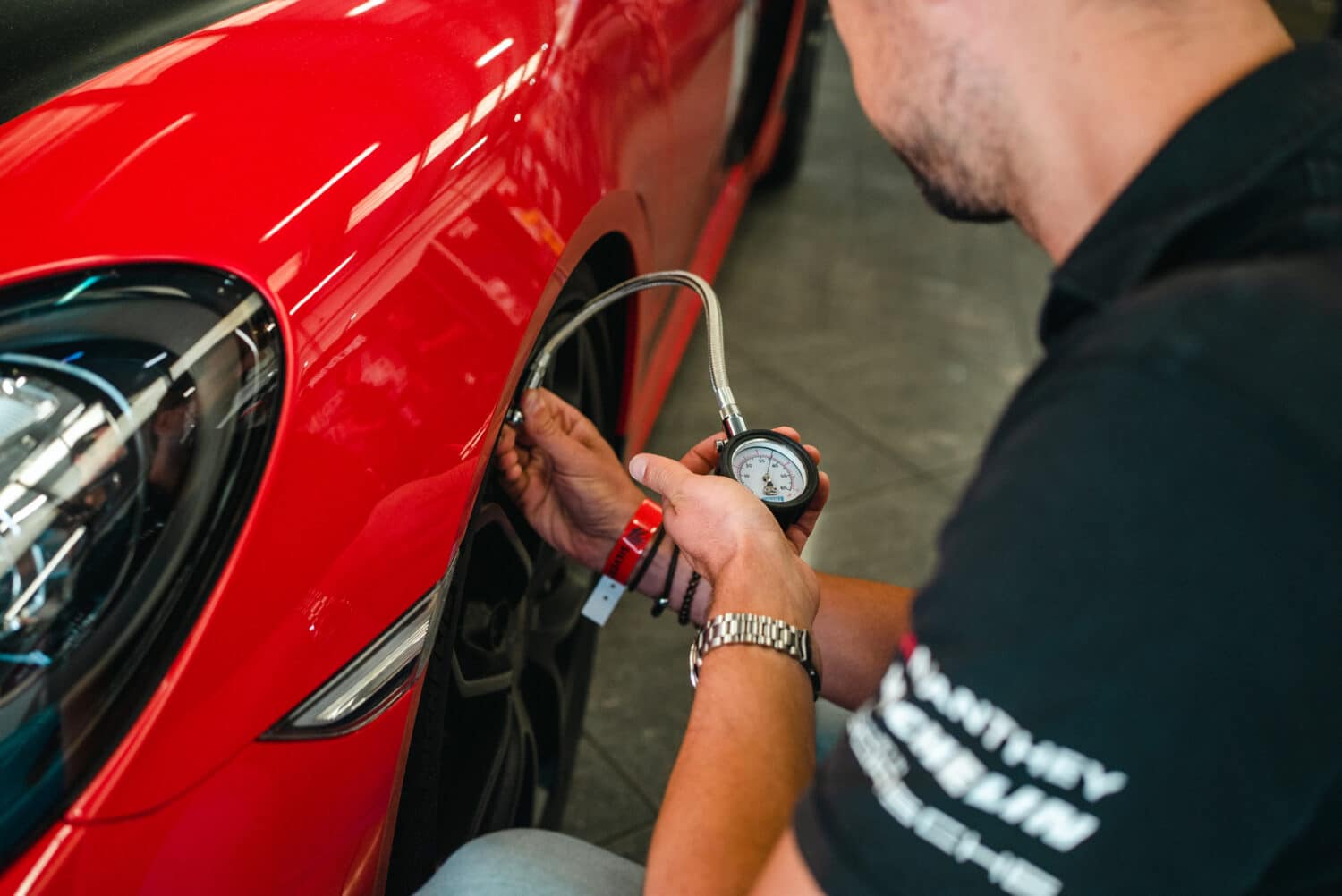
A few other thoughts, don’t by old stock tyres, they deteriorate with age. Don’t use plugged or repaired tyres on track. Up your pressures a bit if you are storing a car and try to rotate the wheels from time to time, don’t leave them in one position for months on end. Be vary wary of standing water if you are driving on Cup 2 or Cup 2 R tyres, especially on motorways.
And finally, I hope this helps answer some of your questions but please fell free to contact us with any concerns or worries about tyres.
SPEAK WITH OUR UPGRADES TEAM TODAY
To discuss your Porsche tyres, please contact our upgrades team on
+44 (0)1296 663 824 or send us an enquiry online.
